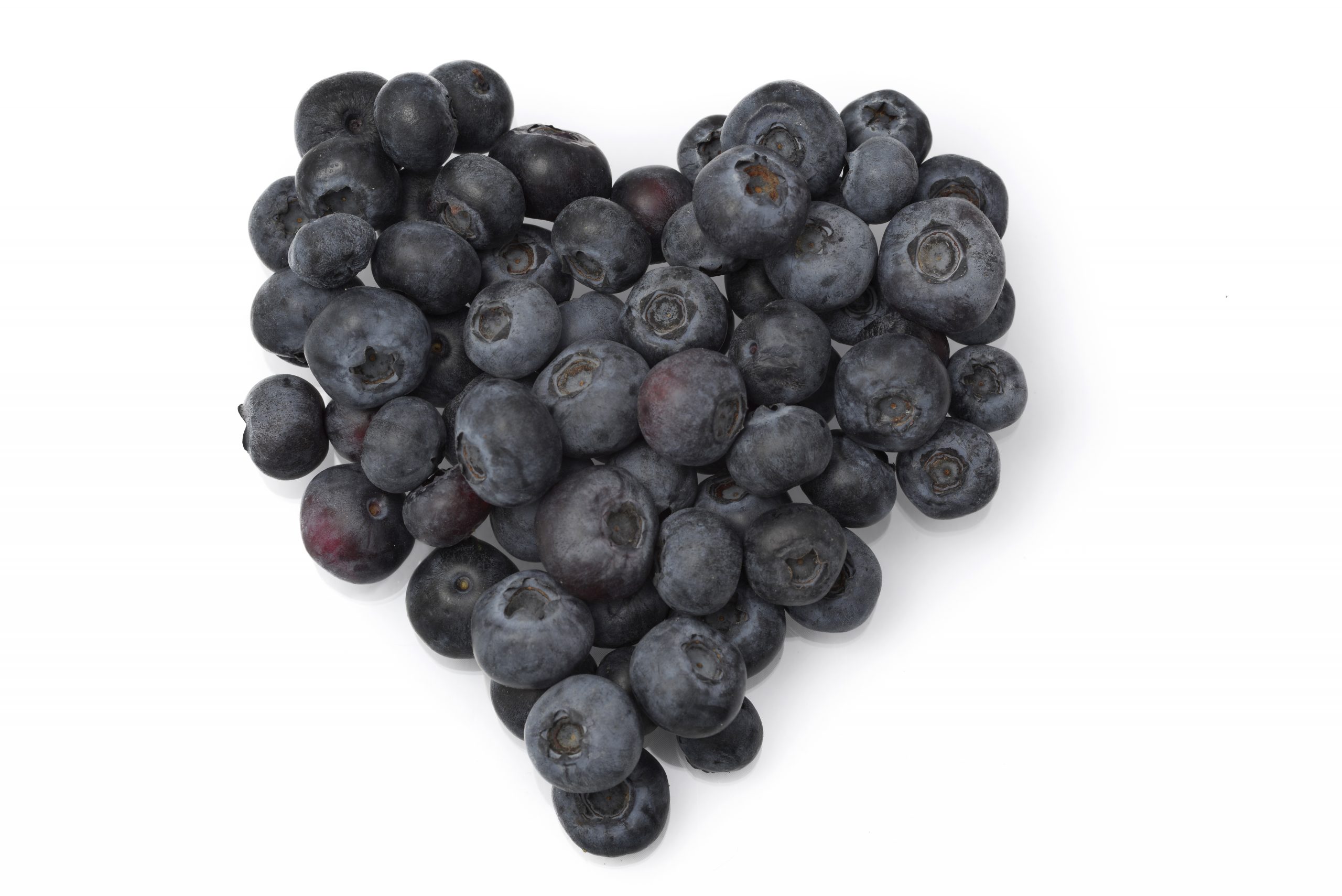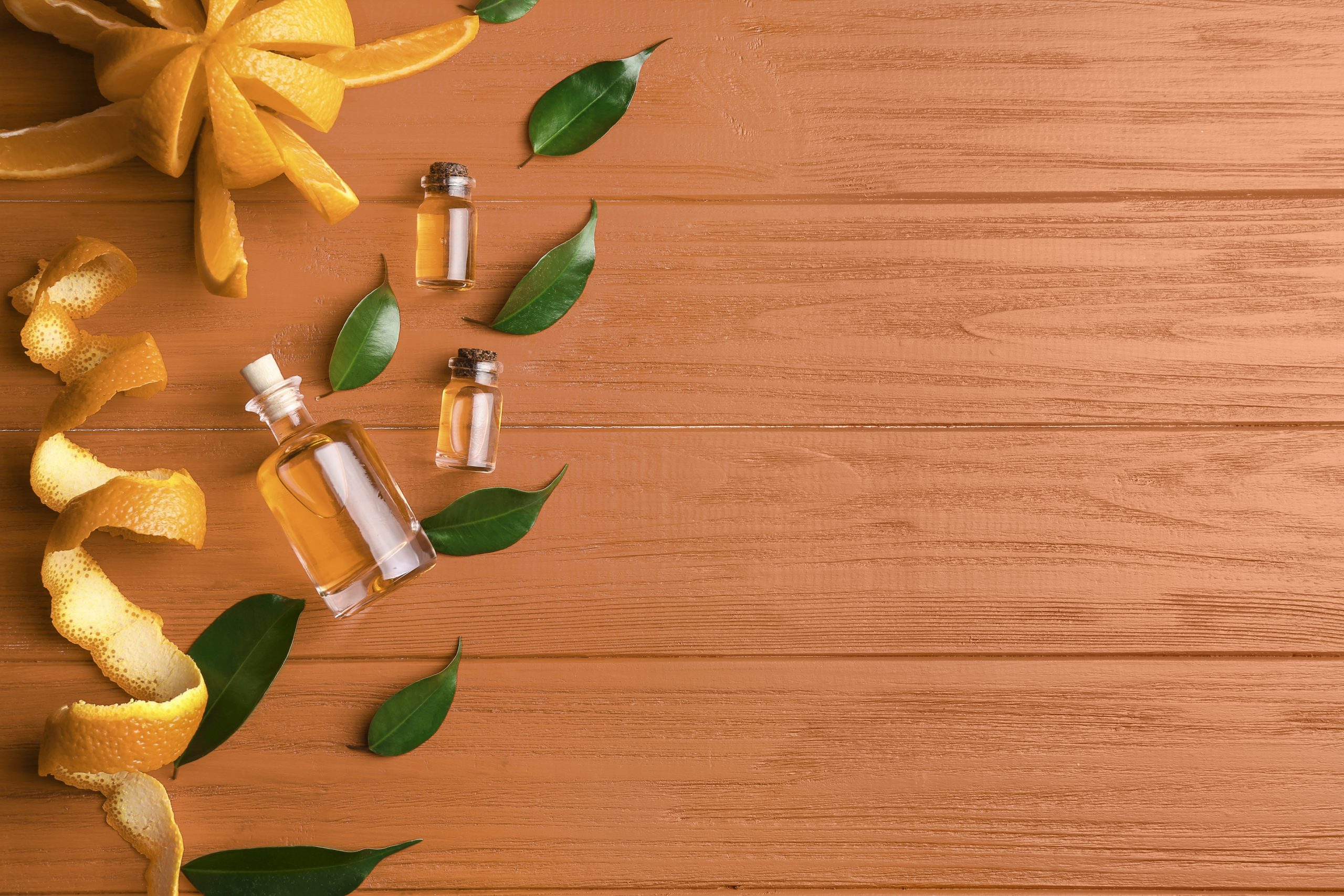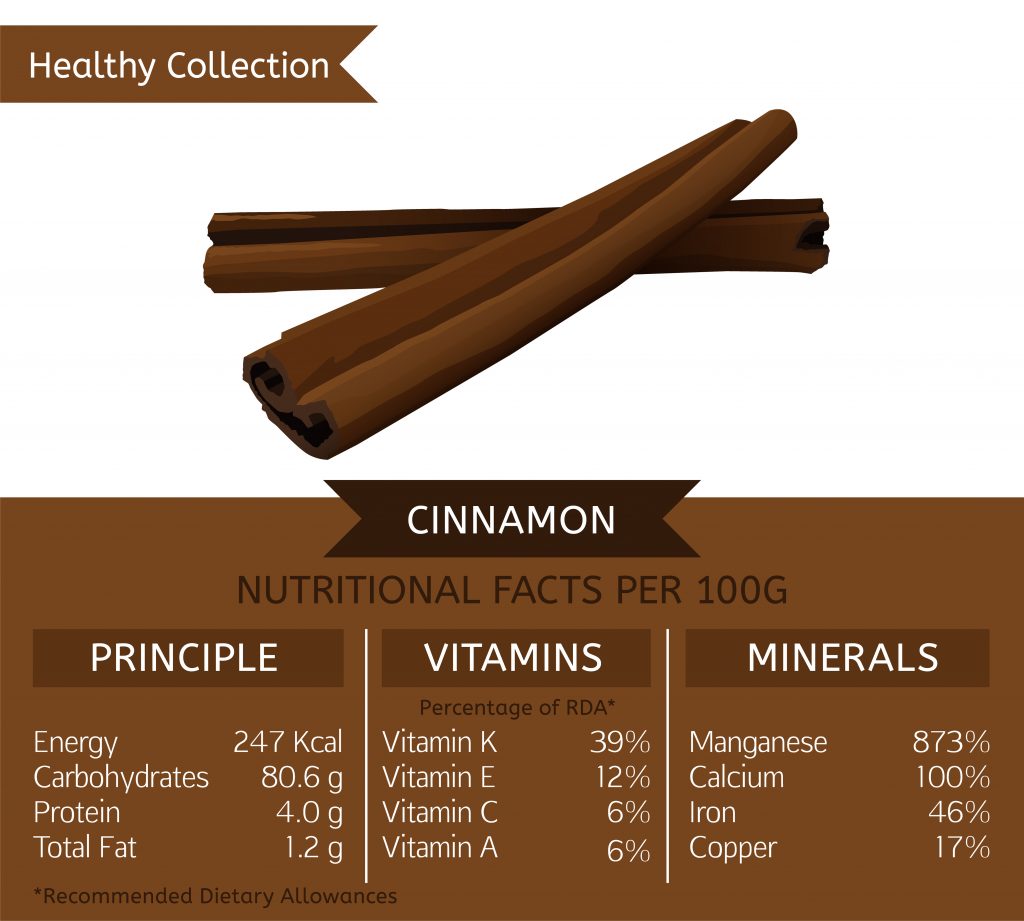Did you know that there are around 300 varieties of mangoes? Mangoes (Mangifera indica) are the world’s most popular tropical fruit, and for a good reason; they are juicy and succulent, with a variety of flavors to choose from. Although mangos are present in nearly every corner of the world, their origin is traced all the way back to India around 5000 years ago. And up until today, India has been the leading producer of the fruit.
The word mango, on the other hand, comes from the Portuguese word manga, which the name Portuguese gave to the fruit when they came in Kerala for the spice trade in the 1400s.
Mangos are consumed in a variety of ways. They can be eaten unripe when they are green on the inside and taste sour. Ripe mangoes can be eaten straight from the tree, blended into a thick, smooth orange juice, or dried and enjoyed as a snack.
Apart from being delicious and relatively inexpensive compared to other fruits, the mango is also extremely nutritious and packed with several health advantages, which is one of the reasons it is regularly ascribed to as the king of fruits. The following are some reasons to increase your mango consumption.

Rejuvenate The Skin
Vitamin C is especially vital for healthy skin and is used in serums. However, skincare starts with what you eat, and mangoes are high in vitamin C, which can help you attain glowing skin. Vitamin C has a plethora of skin-benefiting properties. It primarily stimulates collagen production. Collagen is essential for enhancing skin elasticity, firming your skin, and slowing the aging process by minimizing the appearance of fine lines and wrinkles. One mango a day, it seems, will help your skin look much younger.
Increases Immunity
Nothing is more fundamental than the body’s ability to tackle infections. Vitamin C functions as an antioxidant, assisting the body in fighting bacteria and diseases. Also, research indicates that vitamin C plays a vital role in the rapid healing of wounds and injuries. Moreover, it aids in the rejuvenation of the bones, teeth, and cartilage.
Enhancement Of Intestinal Health
Apart from vitamin C, mangoes are high in fiber, which aids in digestion, combats constipation, and promotes regular bowel movements. According to a pilot study conducted by Texas A&M University in 2018, the natural fiber found in mangoes works far better and has longer-lasting advantages even than fiber supplements. Therefore, rather than wasting money on laxatives, why not stock up more mangoes?
Assists In Weight Loss
Mangoes aid in weight loss, factual or just a myth. While this is true, mangoes are not a miraculous fat burner. Like the majority of fruits, Mangoes are immensely low in calories and still maintain a feeling of fullness for an extended period. Being full with food will assist you to avoid binge eating unhealthy foods that are far too high in calories.
To Boost Eye Health
Do you have the impression that your vision has recently deteriorated? Maybe you’re deficient in vitamin A. The ‘king of fruits is high in vitamin A, which is necessary for good eye health. Vitamin A can aid you in improving your vision in a variety of ways. One, it helps in the management of eye inflammations and infections; two, it boosts the cornea membranes work properly, preventing your eyes from drying out; and, last but not least, it assists in the prevention of vision impairment by delaying myopia progression.
Good For The Heart
As demonstrated above, the polyphenols in mangoes assist in lowering inflammation throughout the body, including the heart. Inflammation can impair the heart’s ability to execute its primary function of pumping blood to the rest of the body. Additionally, they can create irregular cardiac rhythms, which can result in serious heart problems. Also, mangoes aid in the prevention of heart disease associated with obesity through weight loss.
Prevents Cancer
Although there is no elaborate cure for cancer, there are ways that can help lower the chances of acquiring the horrible disease, one of which is a healthy diet. Mangiferin, a type of polyphenol, is abundant in mangoes. Mango polyphenols have been found to be quite promising in current cancer treatment studies. They have been shown to reduce inflammation, protect cells from oxidative stress, and inhibit or kill cancer cells, including leukemia. In addition, mango polyphenols have been shown to have the capacity to lessen oxidative stress,
The most often asked questions regarding mangoes are how much is too much and who should avoid them. Could this luscious fruit have any adverse effects? Yes, like with many foods, mangoes should be consumed in moderation, especially by persons with high blood sugar levels. This is because mangoes contain a high sugar content, which may aggravate diabetes.
https://www.bbcgoodfood.com/howto/guide/health-benefits-mango
https://www.webmd.com/diet/health-benefits-mango#1
https://www.medicalnewstoday.com/articles/275921
https://food.ndtv.com/food-drinks/8-incredible-benefits-of-mangoes-the-king-of-fruits-1833145
Dr. Casey Sinclair, D.C. is a leading holistic healthcare doctor trained in functional medicine. He has extended his reach around the world by co-founding Family Health Advocacy, a health advocacy group lead by doctors and health professionals providing resources and education on global health matters. He has been fortunate to act as health a consultant to some of the largest companies in North America and as a professional speaker he’s had the privilege of speaking to thousands of people. Dr. Casey is an advocate for people suffering with chronic pain and fibromyalgia and has authored a book on the subject.










 As you can see, the list is exhaustive. Given the significant number of environmental toxins many workers are regularly exposed to, and the confirmed higher risk of ALS given exposure, it is shocking that only two in 100,000 people develop ALS.
As you can see, the list is exhaustive. Given the significant number of environmental toxins many workers are regularly exposed to, and the confirmed higher risk of ALS given exposure, it is shocking that only two in 100,000 people develop ALS.
 Skin Care Benefits- A great use of orange peel is to improve your skin! Due to the antioxidants found in orange peels, applying them to your skin can help fight skin conditions that are linked to inflammation and even prevent wrinkles and age spots. Some people have also found orange peels to help with dry skin, acne, and blackheads. For those looking for natural skincare products, an orange peel could be your answer to fresh, glowing skin!
Skin Care Benefits- A great use of orange peel is to improve your skin! Due to the antioxidants found in orange peels, applying them to your skin can help fight skin conditions that are linked to inflammation and even prevent wrinkles and age spots. Some people have also found orange peels to help with dry skin, acne, and blackheads. For those looking for natural skincare products, an orange peel could be your answer to fresh, glowing skin! Heart Health- Since orange peels are high in fiber and have numerous vitamins, peels can help improve your heart health! Orange peels can lower blood pressure and prevent problems such as high cholesterol. Orange peels also contain a common flavonoid known as hesperidin. Hesperidin helps regulate blood pressure and maintain good cholesterol levels.
Heart Health- Since orange peels are high in fiber and have numerous vitamins, peels can help improve your heart health! Orange peels can lower blood pressure and prevent problems such as high cholesterol. Orange peels also contain a common flavonoid known as hesperidin. Hesperidin helps regulate blood pressure and maintain good cholesterol levels.
 Hangover Cure-This is one unique use for orange peels! Feeling hungover after a long night out? Try boiling an orange peel for 15 to 20 minutes and create a tea. Drink this tea for a hangover cure!
Hangover Cure-This is one unique use for orange peels! Feeling hungover after a long night out? Try boiling an orange peel for 15 to 20 minutes and create a tea. Drink this tea for a hangover cure! Cancer Prevention- Orange peels have the ability to slow the growth of cancer cells, specifically found to help with skin cancer. Regular consumption of orange peels can help you decrease your risks for skin and lung cancer. This is due to specific types of flavonoids that inhibit a protein that has been linked to cancer.
Cancer Prevention- Orange peels have the ability to slow the growth of cancer cells, specifically found to help with skin cancer. Regular consumption of orange peels can help you decrease your risks for skin and lung cancer. This is due to specific types of flavonoids that inhibit a protein that has been linked to cancer. Allergies & Inflammation – Struggling with nasty allergies? Orange peels contain active compounds which can help suppress allergic reactions and serve as an anti-inflammatory. A
Allergies & Inflammation – Struggling with nasty allergies? Orange peels contain active compounds which can help suppress allergic reactions and serve as an anti-inflammatory. A 
